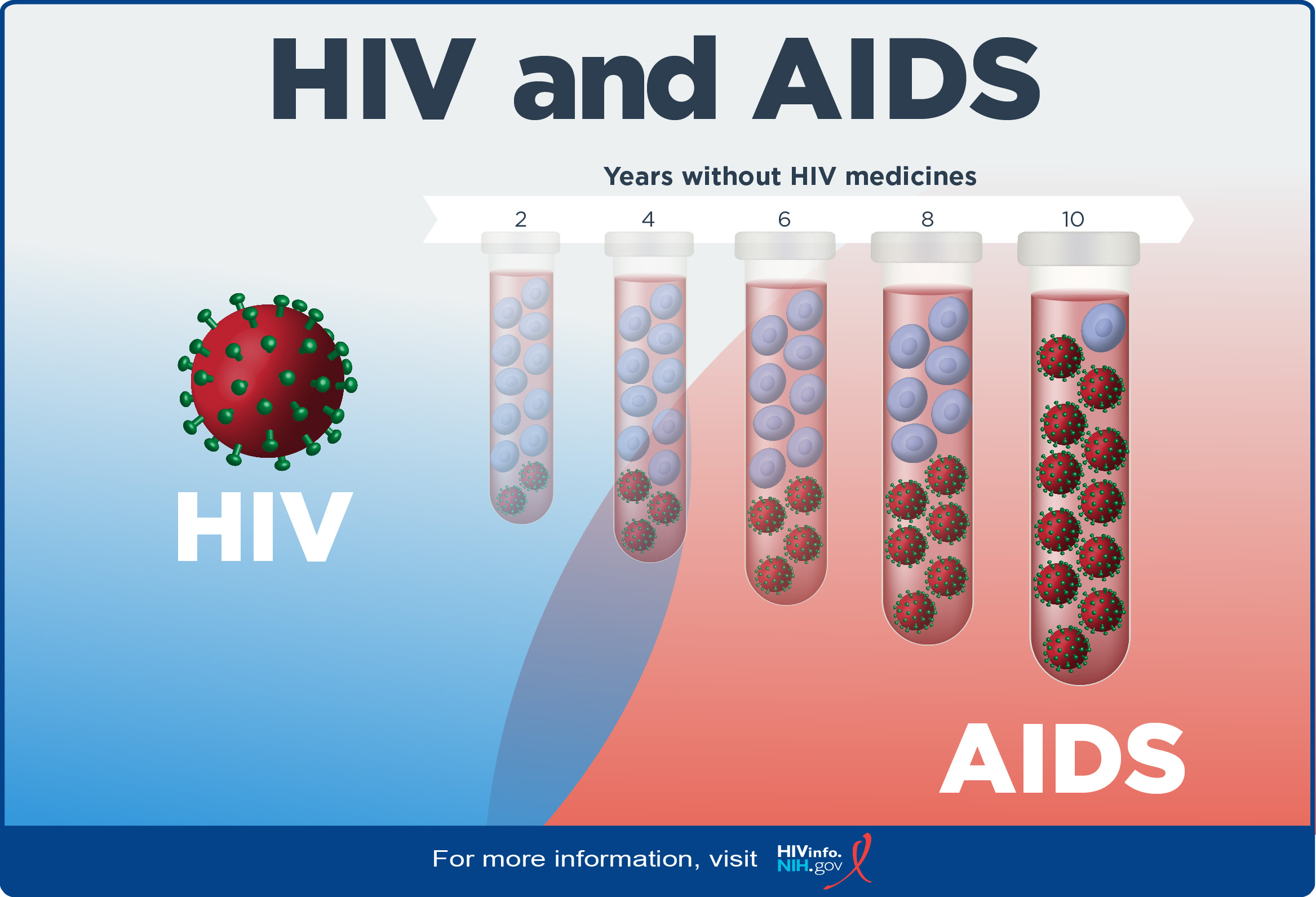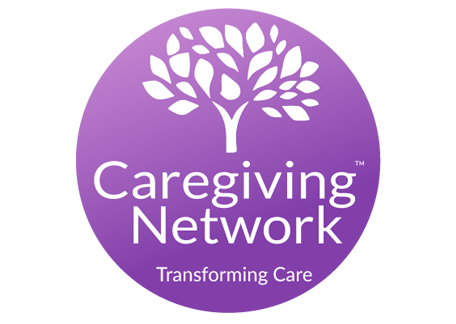HIV and AIDS: The Basics

HIV.org – Updated for October 2021
Author: HIV.org affiliate
Key Points
- The human immunodeficiency virus (HIV) is the virus that causes HIV infection. HIV causes acquired immunodeficiency syndrome (AIDS), the most advanced stage of HIV infection.
- HIV is spread through contact with the blood, semen, pre-seminal fluid, rectal fluids, vaginal fluids, or breast milk of a person with HIV. In the United States, HIV is spread mainly by having anal or vaginal sex or sharing injection drug equipment, such as syringes or needles, with a person who has HIV.
- Antiretroviral therapy (ART) is the use of HIV medicines to treat HIV infection. People on ART take a combination of HIV medicines (called an HIV treatment regimen) every day.
- ART is recommended for everyone who has HIV. ART cannot cure HIV infection, but HIV medicines help people with HIV live longer, healthier lives. HIV medicines can also reduce the risk of HIV transmission.
What is HIV and AIDS?
HIV stands for human immunodeficiency virus, which is the virus that causes HIV infection. The abbreviation “HIV” can refer to the virus or to HIV infection.
AIDS stands for acquired immunodeficiency syndrome. AIDS is the most advanced stage of HIV infection.
HIV attacks and destroys the infection-fighting CD4 cells (CD4 T lymphocyte) of the immune system. The loss of CD4 cells makes it difficult for the body to fight off infections and certain cancers. Without treatment, HIV can gradually destroy the immune system and HIV infection advances to AIDS.

How is HIV spread?
The spread of HIV from person to person is called HIV transmission. HIV is spread only through certain body fluids from a person who has HIV. These body fluids include:
- Blood
- Semen
- Pre-seminal fluid
- Vaginal fluids
- Rectal fluids
- Breast milk
HIV transmission is only possible through contact with HIV-infected body fluids. In the United States, HIV is spread mainly by:
- Having anal or vaginal sex with someone who has HIV without using a condom or taking medicines to prevent or treat HIV
- Sharing injection drug equipment (works), such as needles or syringes, with someone who has HIV
The spread of HIV from a woman with HIV to her child during pregnancy, childbirth, or breastfeeding is called perinatal transmission of HIV. For more information, read the HIVinfo fact sheet on Preventing Perinatal Transmission of HIV.
You cannot get HIV by shaking hands or hugging a person who has HIV. You also cannot get HIV from contact with objects, such as dishes, toilet seats, or doorknobs, used by a person with HIV. HIV is not spread through the air or water or by mosquitoes, ticks, or other blood-sucking insects.
How can a person reduce the risk of getting HIV?
To reduce your risk of HIV infection, use condoms correctly every time you have sex, limit your number of sexual partners, and never share injection drug equipment.
Also talk to your health care provider about pre-exposure prophylaxis (PrEP). PrEP is an HIV prevention option for people who do not have HIV but who are at high risk of becoming infected with HIV. PrEP involves taking a specific HIV medicine every day. For more information, read the HIVinfo fact sheet on Pre-exposure Prophylaxis (PrEP).
HIV medicines, given to women with HIV during pregnancy and childbirth and to their babies after birth, reduce the risk of perinatal transmission of HIV. In addition, because HIV can be transmitted through breast milk, women with HIV who live in the United States should not breastfeed their babies. Baby formula is a safe and healthy alternative to breast milk and is readily available in the United States.
What is the treatment for HIV?
Antiretroviral therapy (ART) is the use of HIV medicines to treat HIV infection. People on ART take a combination of HIV medicines (called an HIV treatment regimen) every day.
ART is recommended for everyone who has HIV. ART prevents HIV from multiplying, which reduces the amount of HIV in the body (called the viral load). Having less HIV in the body protects the immune system and prevents HIV infection from advancing to AIDS. ART cannot cure HIV, but HIV medicines help people with HIV live longer, healthier lives.
ART also reduces the risk of HIV transmission. A main goal of ART is to reduce a person’s viral load to an undetectable level. An undetectable viral load means that the level of HIV in the blood is too low to be detected by a viral load test. People with HIV who maintain an undetectable viral load have effectively no risk of transmitting HIV to their HIV-negative partner through sex.
What are the symptoms of HIV and AIDS?
Within 2 to 4 weeks after infection with HIV, some people may have flu-like symptoms, such as fever, chills, or rash. The symptoms may last for a few days to several weeks. Other possible symptoms of HIV include night sweats, muscle aches, sore throat, fatigue, swollen lymph nodes, and mouth ulcers. Having these symptoms do not mean you have HIV. Other illnesses can cause the same symptoms. Some people may not feel sick during early HIV infection (called acute HIV infection). During this earliest stage of HIV infection, the virus multiplies rapidly. After the initial stage of infection, HIV continues to multiply but at very low levels.
More severe symptoms of HIV infection, such as a badly damaged immune system and signs of opportunistic infections, generally do not appear for many years until HIV has advanced to AIDS. People with AIDS have badly damaged immune systems that make them prone to opportunistic infections. (Opportunistic infections are infections and infection-related cancers that occur more frequently or are more severe in people with weakened immune systems than in people with healthy immune systems.)
Without treatment with HIV medicines, HIV infection usually advances to AIDS in 10 years or longer, though it may advance faster in some people.
HIV transmission is possible at any stage of HIV infection—even if a person with HIV has no symptoms of HIV.
How is AIDS diagnosed?
Symptoms such as fever, weakness, and weight loss may be a sign that a person’s HIV has advanced to AIDS. However, a diagnosis of AIDS is based on the following criteria:
- A drop in CD4 count to less than 200 cells/mm3. A CD4 count measures the number of CD4 cells in a sample of blood.
OR - The presence of certain opportunistic infections.
Although an AIDS diagnosis indicates severe damage to the immune system, HIV medicines can still help people at this stage of HIV infection.
This fact sheet is based on information from the following sources:
From Centers for Disease Control and Prevention:
- HIV Basics
- About HIV
- AIDS and Opportunistic Infections
From the Department of Health and Human Services (HHS):
- Guidelines for the Use of Antiretroviral Agents in Pediatric HIV Infection:
- Introduction
From the National Institute of Allergy and Infectious Diseases (NIAID):
- HIV/AIDS
Also see the HIV Source collection of HIV links and resources.






